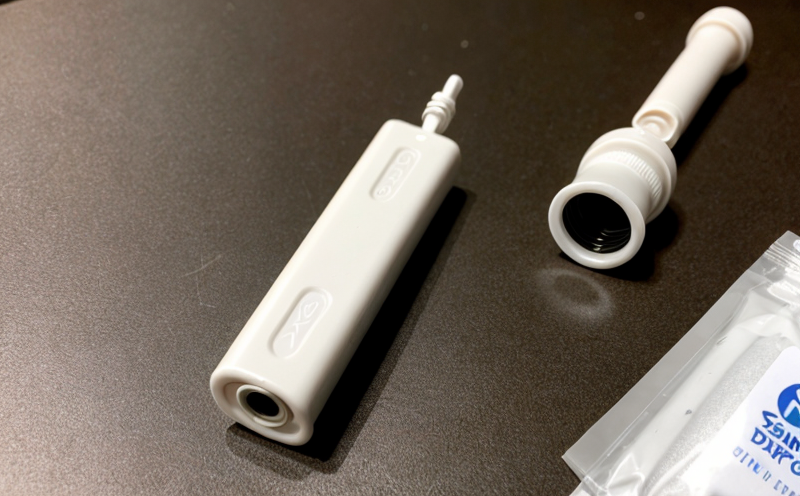USP Endotoxin Testing LAL Assay for Disposable Devices
The United States Pharmacopeia (USP) [1] chapter on endotoxins provides a method to detect pyrogenic substances, particularly endotoxins in medical devices. This is especially critical for disposable and single-use devices used in healthcare settings where contamination can have severe consequences.
The Limulus Amoebocyte Lysate (LAL) assay is the most widely accepted and standardized method for detecting endotoxin levels in biopharmaceuticals, medical devices, and other products intended for human use. This test utilizes the natural clotting mechanism of the horseshoe crab to detect endotoxins. Endotoxins are a component of Gram-negative bacteria cell walls [2] that can cause fever, shock, or even death if introduced into the bloodstream.
The testing process involves several critical steps: sample preparation, inoculation with LAL reagent, and incubation to observe any clot formation. The presence of endotoxins activates the coagulase activity in the LAL solution, leading to visible clotting within a set time frame [3]. This method is highly sensitive, capable of detecting even trace amounts of endotoxin.
The USP specifies that the test should be performed under controlled conditions. The temperature and humidity must be monitored closely, as these factors can influence the assay's performance. Additionally, the reagents used must meet strict purity standards to ensure accurate results. This testing is particularly important for single-use devices due to their limited contact with the patient; any contamination could lead to serious health risks.
The LAL test plays a crucial role in ensuring the safety and efficacy of medical products before they reach the market. By adhering to USP guidelines, manufacturers can demonstrate compliance with international standards, thereby enhancing consumer trust and regulatory approval.
Benefits
Ensures high-quality medical devices free from endotoxins,
- Reduces the risk of contamination in healthcare products,
- Promotes patient safety and compliance with international standards.
Environmental and Sustainability Contributions
The USP LAL test plays a role in environmental sustainability by ensuring that medical devices are safe and reliable. This reduces the need for additional testing or reprocessing, which can be environmentally taxing. Additionally, by ensuring that products meet stringent safety standards, manufacturers can contribute to a safer healthcare environment.
Use Cases and Application Examples
The USP LAL test is widely used in various sectors, including pharmaceuticals, medical devices, and biotechnology. It is particularly essential for single-use devices such as syringes, IV catheters, and surgical instruments. These items are often in direct contact with patients, making the detection of endotoxins critical.
For example, a company manufacturing disposable IV sets would use this test to ensure that their products meet stringent safety standards before being released to market. The results of these tests can significantly impact patient outcomes and the reputation of the manufacturer.
Frequently Asked Questions
- Highly sensitive to detect even trace amounts of endotoxins,
- Ensures product safety and compliance with international standards,
- Reduces the risk of contamination in medical devices.





